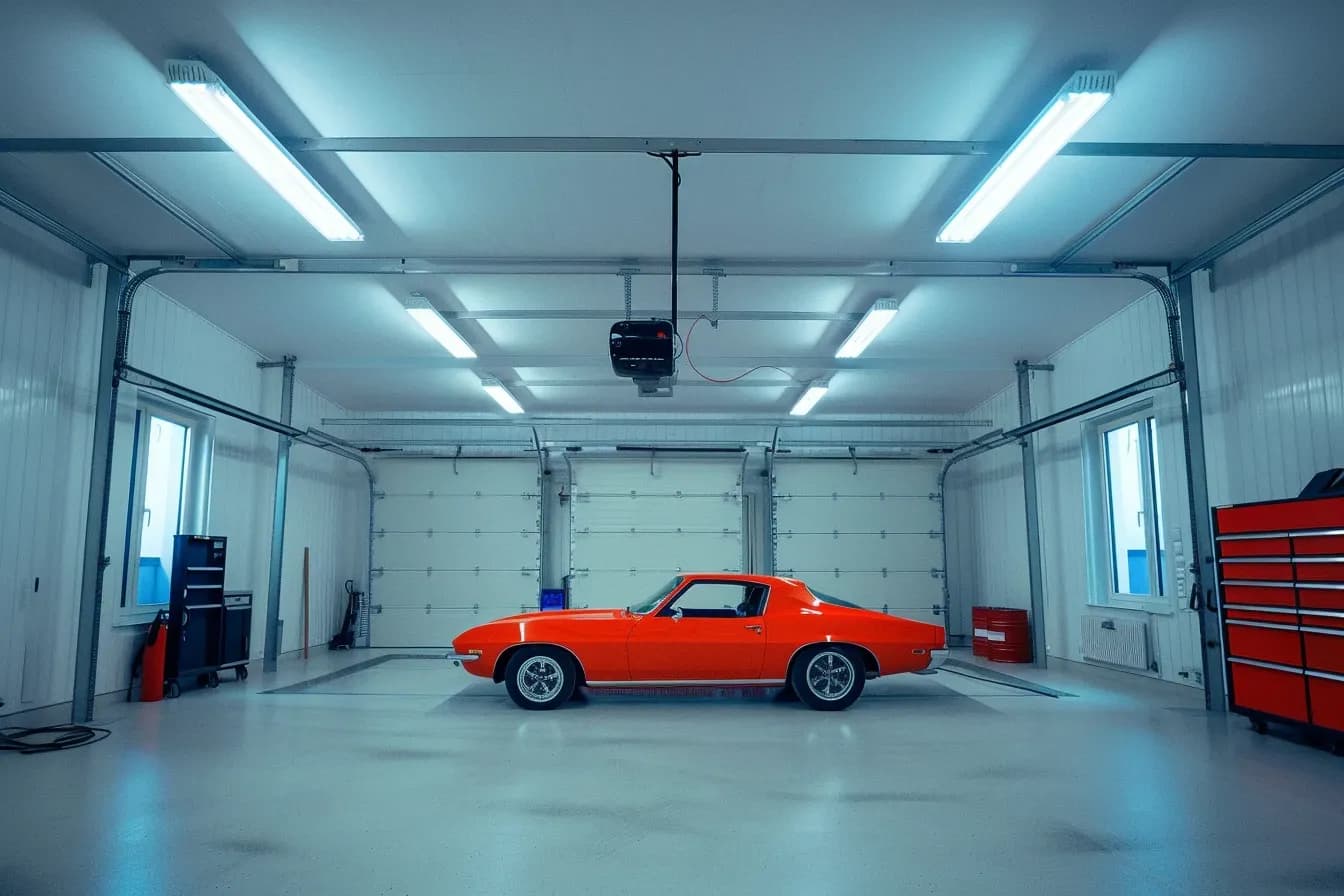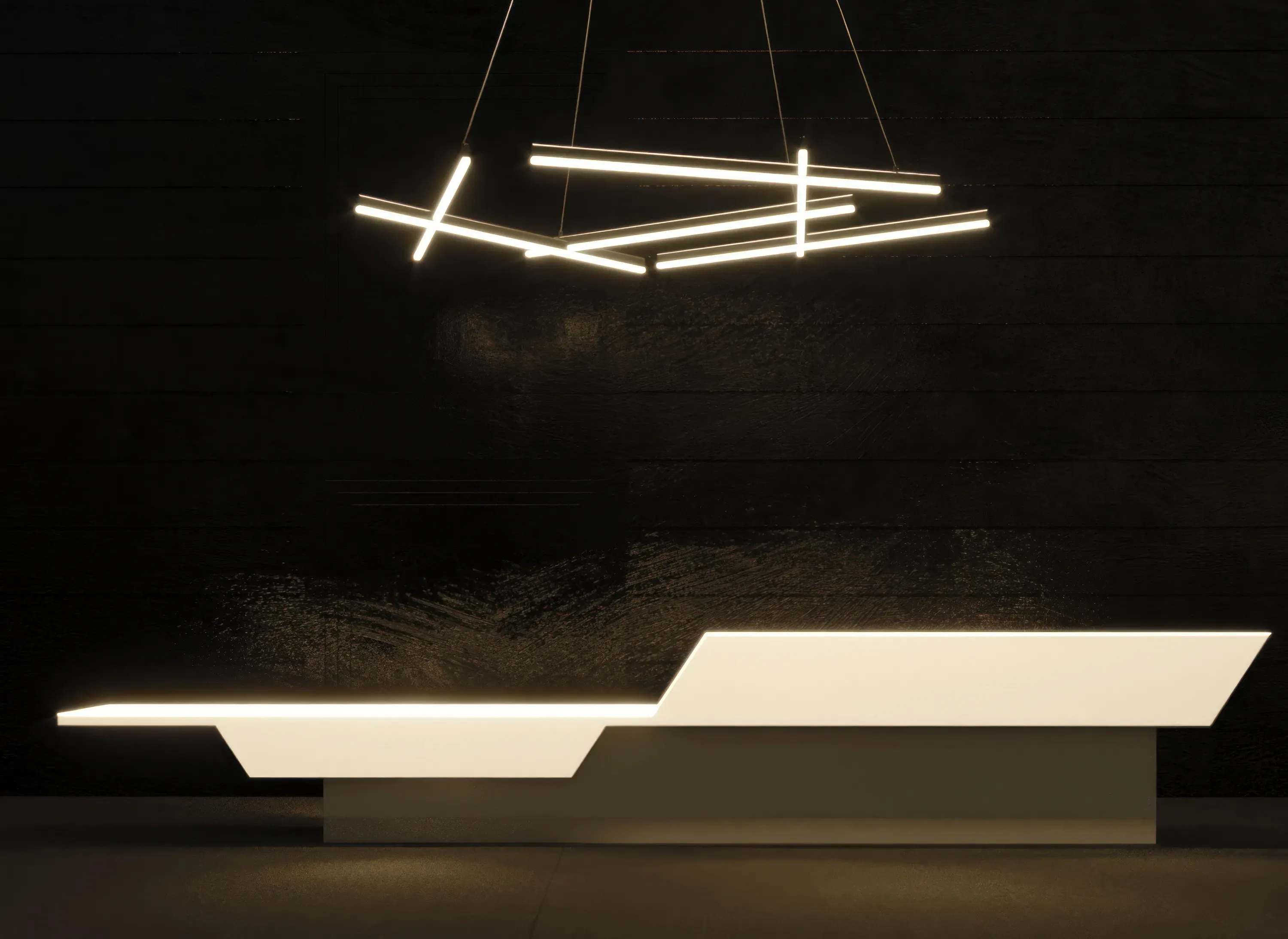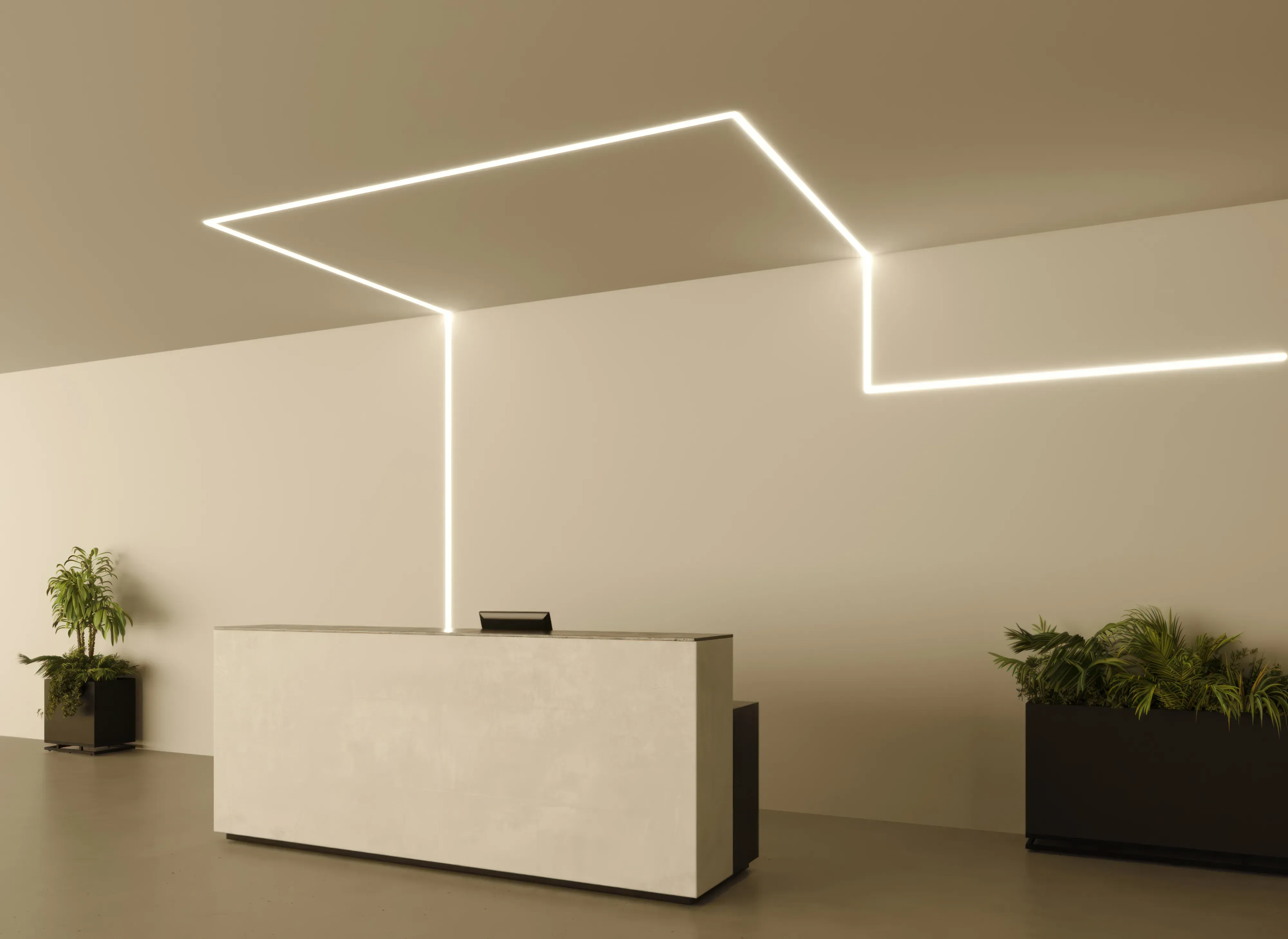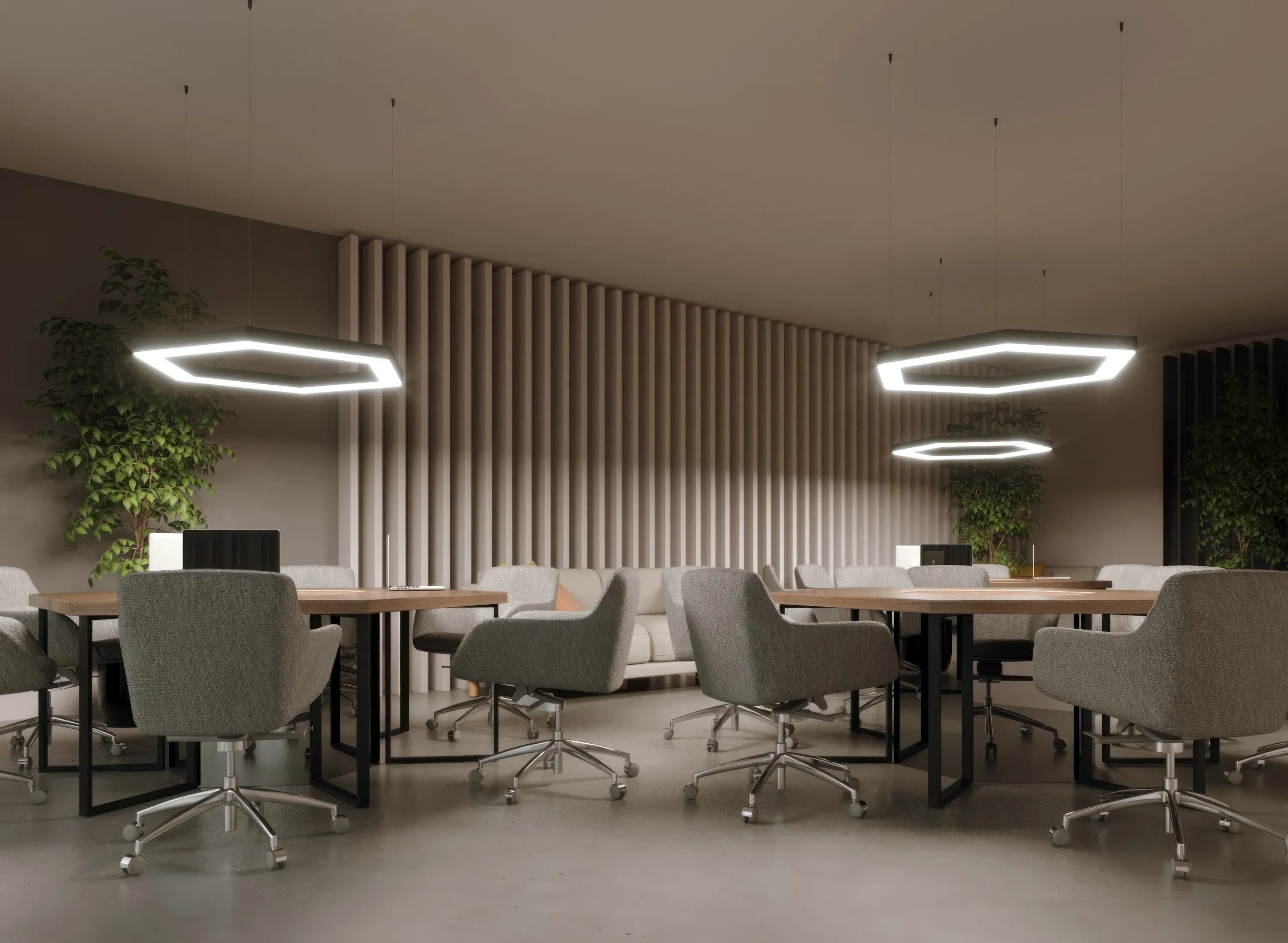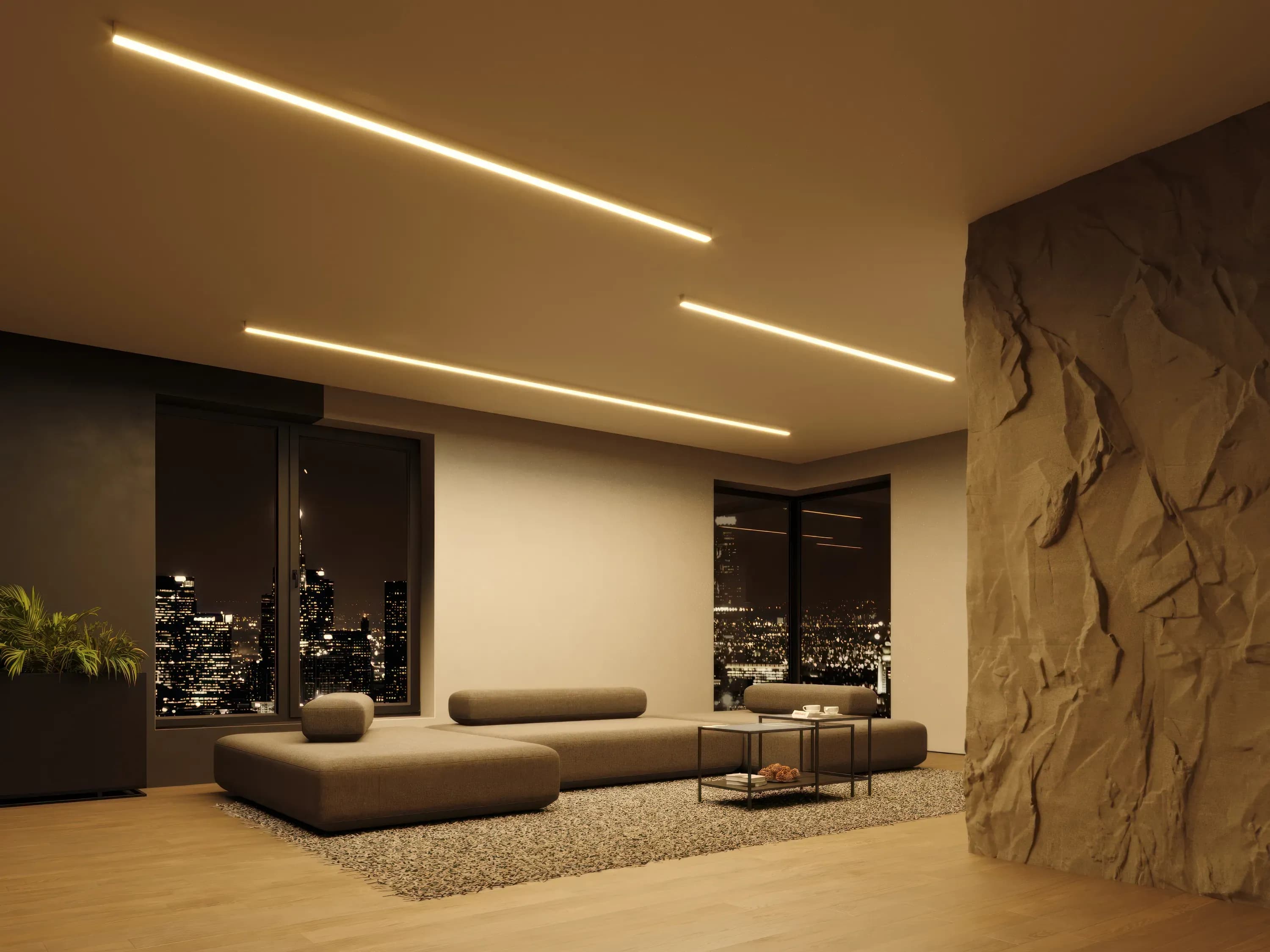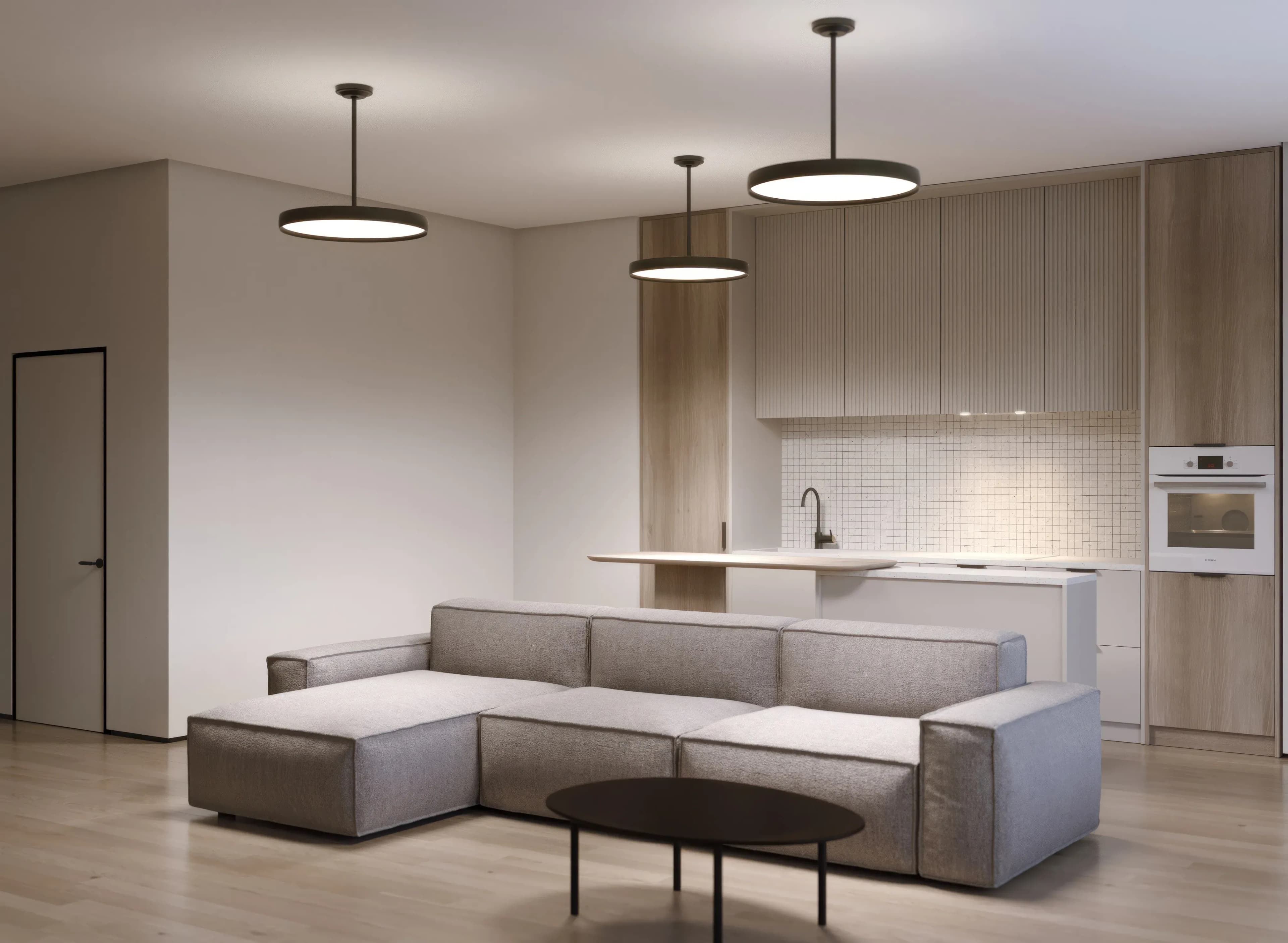
In the world of lighting, understanding how colors appear under different light sources is paramount. Have you ever noticed how the colors of your clothes might look different under the fluorescent lights of a store versus the warm glow of an incandescent bulb at home? This phenomenon is what the Color Rendering Index (CRI) seeks to quantify and explain. But what is the CRI? The Color Rendering Index, or CRI, is a crucial metric used to evaluate how accurately a light source renders the colors of objects compared to natural light. It provides valuable insight into the quality of illumination and its ability to reveal the true tones of various objects, textures, and surfaces. In this blog post, we'll delve into the intricacies of the CRI lighting meaning, exploring its significance, how it's measured, and its implications for various applications. Whether you're an interior designer, a photographer, or simply someone interested in the science of light, understanding CRI can vastly improve your appreciation of the visual world around you. So, let's shed some light on the fascinating realm of color rendering and unveil the mysteries behind the CRI. ## What Does CRI Mean in Lighting? Color rendering refers to how accurately a light source depicts the colors of objects to human eyes and its ability to reveal subtle variations in hues and shades. The Color Rendering Index (CRI) quantifies this accuracy on a scale from 0 to 100 percent, comparing a given light source to a reference light source. A higher CRI indicates better color rendering capability. Light sources achieving a CRI between 85 and 90 are considered good, while those exceeding 90 are excellent for tasks requiring precise color discrimination. Importantly, CRI is unrelated to color temperature. For instance, a 2700K ("warm") incandescent light source achieves a CRI of 100, while a 5000K ("daylight") fluorescent light source can vary in CRI from 75 to 90, showcasing that light rendering is not solely determined by color temperature. ## How is the CRI Measured? Calculating the Color Rendering Index (CRI) involves a meticulous process akin to visual assessment, albeit executed through algorithmic calculations following the measurement of a light source's spectrum. This is what does CRI mean in lighting. Initially, the color temperature of the light source under scrutiny must be determined, a task achievable through spectral measurements. This step is crucial as it allows the selection of an appropriate daylight spectrum for comparison. Subsequently, the light source is virtually projected onto a series of virtual color swatches known as test color samples (TCS), with the reflected tones meticulously measured. Concurrently, the reflected color measurements for natural daylight with the same color temperature are prepared. The "R" score for each color swatch is then formulaically determined, indicating the light source's ability to accurately render specific tones. By averaging these R values across various colors, the overall color rendering capability of the light source is characterized. The specific R values considered in the averaging process depend on the chosen definition of CRI, be it the general CRI (Ra) or extended CRI. In essence, the CRI of LED light is established by comparing the light source against another with a perfect CRI of 100. Traditionally, sunlight or daylight serves as the baseline standard for such comparisons, given the human eye's inherent adaptation to natural light conditions. Ensuring accurate comparisons between lighting sources necessitates matching color temperatures. For the uninitiated, color temperature denotes the hue of light emitted by different light sources, ranging from warm reddish tones to cool bluish-white hues. Expressed in Kelvins (K), the color temperature aids in understanding how different light sources cast their glow upon objects in a given environment. ## LED Lights and CRI Various types of light bulbs exhibit different color-rendering abilities, with some falling short of ideal standards while others excel. For instance, high-pressure sodium and mercury-vapor lights typically have low CRIs of approximately 24 and 49, respectively. Although these bulbs cannot match the pristine color rendition of incandescent lights, there are alternatives that perform commendably. Fluorescent bulbs, despite their variability, can offer decent CRIs ranging from 50 to 85, depending on the coating. By selecting top-quality fluorescents, you can achieve satisfactory but not exceptional color rendition. In contrast, modern LEDs have revolutionized the landscape, with CRIs reaching into the high 90s. Opting for an LED with a high CRI enables you to attain nearly perfect natural color reproduction. This feature is particularly advantageous in environments such as restaurants, stores, and homes, where captivating natural colors are desired to enhance ambiance and appearance. What's more, LED lights boasting excellent CRI rating charts don't come at a significantly higher price point compared to those with standard good CRI ratings. Given the myriad benefits of natural color rendition, investing a little extra for a higher CRI can yield substantial dividends. Furthermore, as LED technology continues to advance, both performance and affordability steadily improve, making the transition to high-CRI LEDs an increasingly attractive option. ## Color Rendering Index in Commercial Application In today's commercial landscape, an increasing number of property owners are making the switch from outdated lighting technologies such as high-pressure sodium, metal halide, or T12 fluorescent bulbs to more sustainable, cost-effective, and eco-friendly alternatives like fluorescent, induction, or LED lights. As they embark on this transition, the Color Rendering Index (CRI) emerges as a critical parameter for consideration. CRI, denoting the ability of light bulbs to replicate colors accurately, holds significant importance for building and business owners alike. Before initiating a retrofitting project, it's imperative to assess whether investing in bulbs with a high CRI value is essential for your workspace. This consideration extends to understanding whether paying a premium for such bulbs translates into enhanced productivity among employees. For specific environments like art galleries or manufacturing facilities with stringent color requirements, opting for bulbs with CRI values exceeding 90 is imperative. A CRI of 90 signifies that the artificial light source replicates approximately 90 percent of the visible color spectrum produced by natural sunlight. Commercial applications that often necessitate lighting with CRI values of 90 or above include art galleries, museums, retail outlets, hospitality establishments, and medical facilities. Similarly, within residential settings, areas where precise color reproduction is crucial, such as makeup application areas or workspaces for design and construction, benefit from lighting with high CRI ratings. Ultimately, the decision to invest in high-CRI lighting solutions rests on the specific requirements and objectives of each space. By prioritizing accurate color reproduction, property owners can create environments conducive to productivity, visual appeal, and overall well-being. ## FAQ: Understanding the Color Rendering Index (CRI) ### Why is the CRI Important? The Color Rendering Index (CRI) is crucial because it measures how accurately a light source renders colors compared to natural light. It impacts various settings, from art galleries and retail spaces where accurate color reproduction is essential to workplaces where productivity and comfort are influenced by lighting quality. ### What is the Difference between CCT and CRI? While both are important lighting metrics, they measure different aspects. CCT (Correlated Color Temperature) refers to the warmth or coolness of light, measured in Kelvin, while CRI focuses on color accuracy. CCT indicates the color appearance (e.g., warm or cool), while CRI quantifies how faithfully colors are rendered under that light source. ### How Quickly to Measure CRI? CRI is determined through algorithmic calculations once the spectrum of the light source is measured. This process involves virtually projecting the light onto color swatches and comparing the reflected colors to those of natural daylight. ### What is Considered Good CRI? Generally, a CRI above 80 is considered good for most applications. However, for tasks requiring precise color discrimination, such as in art or design, a CRI of 90 or higher is preferred. ### What is the Highest Possible CRI? The highest possible CRI is 100, indicating perfect color rendering identical to natural daylight. ### What is the Difference between CRI 80 and 90? The difference lies in the level of color accuracy. CRI 80 indicates relatively good color rendering, suitable for general lighting purposes. On the other hand, CRI 90 signifies excellent color rendering, which is ideal for environments where accurate color reproduction is critical. ### What is a Good CRI for LED Lights? For LED lights, a CRI above 80 is generally considered good. However, as LED technology advances, high-quality LEDs with CRIs surpassing 90 are becoming more common, offering exceptional color rendering capabilities comparable to natural light. Understanding these aspects of the Color Rendering Index can help you make informed decisions when selecting lighting for your specific needs and preferences. ## Conclusion The Color Rendering Index (CRI) is a vital factor to consider when choosing lighting for different applications, whether commercial, residential, or artistic. Understanding the implications of CRI ratings can guide you in creating an environment that enhances productivity, visual appeal, and overall well-being. As the lighting industry evolves, LED lights with high CRI ratings are becoming increasingly accessible, offering near-perfect natural color reproduction. For any further inquiries or assistance with choosing the right lighting solutions, feel free to contact us at +1-424-274-7444 or visit us at 4712 Admiralty Way, #299 Marina Del Rey, CA 90292.
